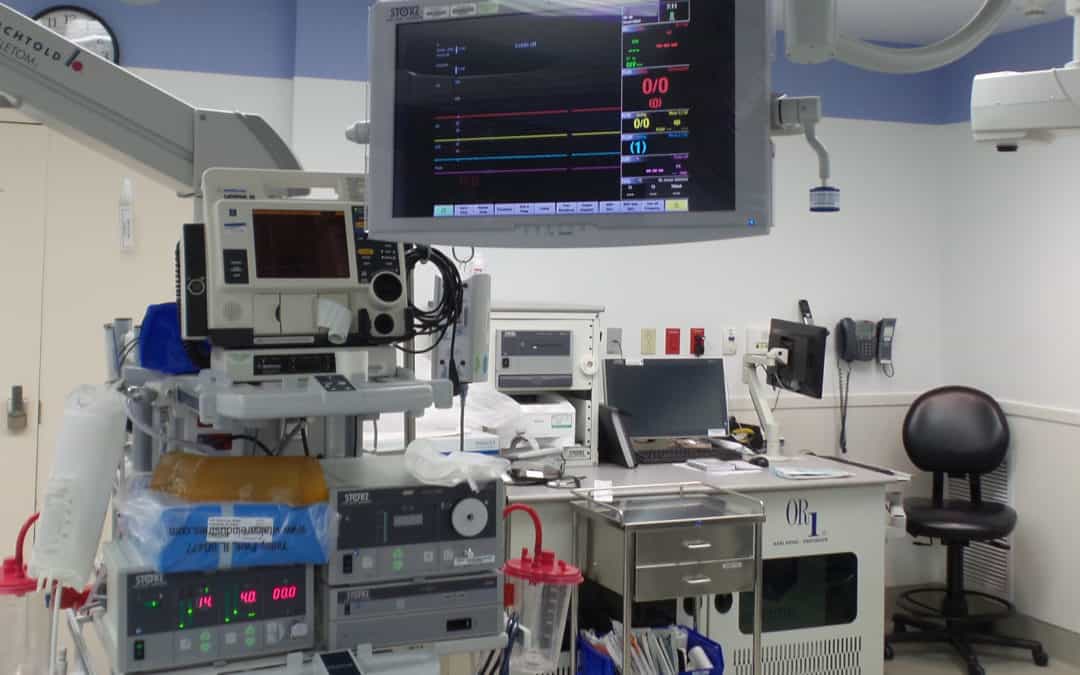HSD’s Principal of User Research and Human Factors, Dr. MaryBeth Privitera, will be presenting at the HFES’s 2018 Health-Care Symposium at the Marriott Copley Place in Boston Massachusetts on Monday, March 26th, 2018 1:30pm – 3:00pm.
Visually displayed information is critical to clinical decision making within the ICU and the Operating Room. Her session talk “Clinical Decision Making in a Sea of Displays” will walk the audience through examples of informational displays within each environment in order to demonstrate the ergonomic challenges as a result of independent device design. In essence, each device is intended to provide individual information which may or may not conform to consistent color coding or information organization and as a result, relies on the user the piece together the bits of information which are critical to clinical decision making. These decisions can be critical to life.
The results presented are the conclusion of an immersion program and intended to highlight the challenging cognitive load physicians undergo when working in these challenging environments. The summary of findings suggests that where possible device designers should perform contextual inquiry in order to better inform subsequent device designs; users are compensating with novel devices such as the Moberg Device wherein information is collated and presented in one display, and that diagnostic monitoring is a complex activity with the high potential for iatrogenic error.
The learning objectives of this presentation include the emphasis on participatory design or co-design processes throughout the design process in order to better inform tradeoff decisions. The ability to view “a day in the life” of an intensivist and provide an overview of key clinical life or death decisions that are dependent upon the information provided by the average 13+ monitors in each ICU room. Of the monitors displaying information, not all are considered equal and users have adopted an “LGFD” policy which stands for a “looks Good From Door” quick evaluation. This quick glance assessment speaks to the burden of the displays and the need for a cohesive binding of information found in compensatory displays of the EMR and/or Moberg type devices. Finally, the audience will gain an appreciation for the user experiences and the justification for applied human factors in interface design as this is the guiding element in critical care situations.
This presentation will bring the ICU and the OR into the symposium. The imagery and content included clearly displays the need for a systematic approach and a strong consideration for a full evaluation when designing devices for critical care environments. While it is widely known that human factors application is a requirement for independent device design the impact of the devices in a cohesive system (4+ devices with informational displays) has yet to be considered on a system level, rather each device is evaluated for usability on its own. This presentation is intended to motivate current thinking to broaden their approach in regards to usability assessments to include not only the device in question but also those devices which are used alongside.
For more information on her talk “Clinical Decision Making in a Sea of Displays” and other talks click here.
